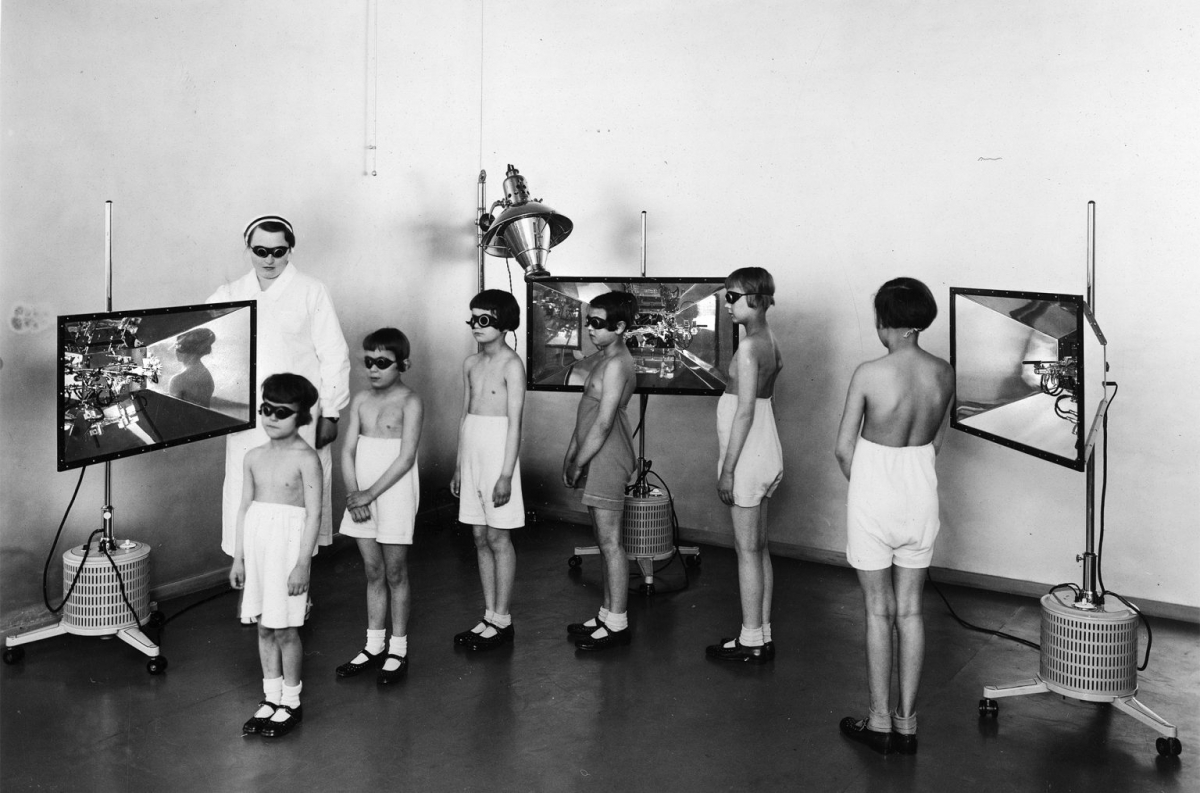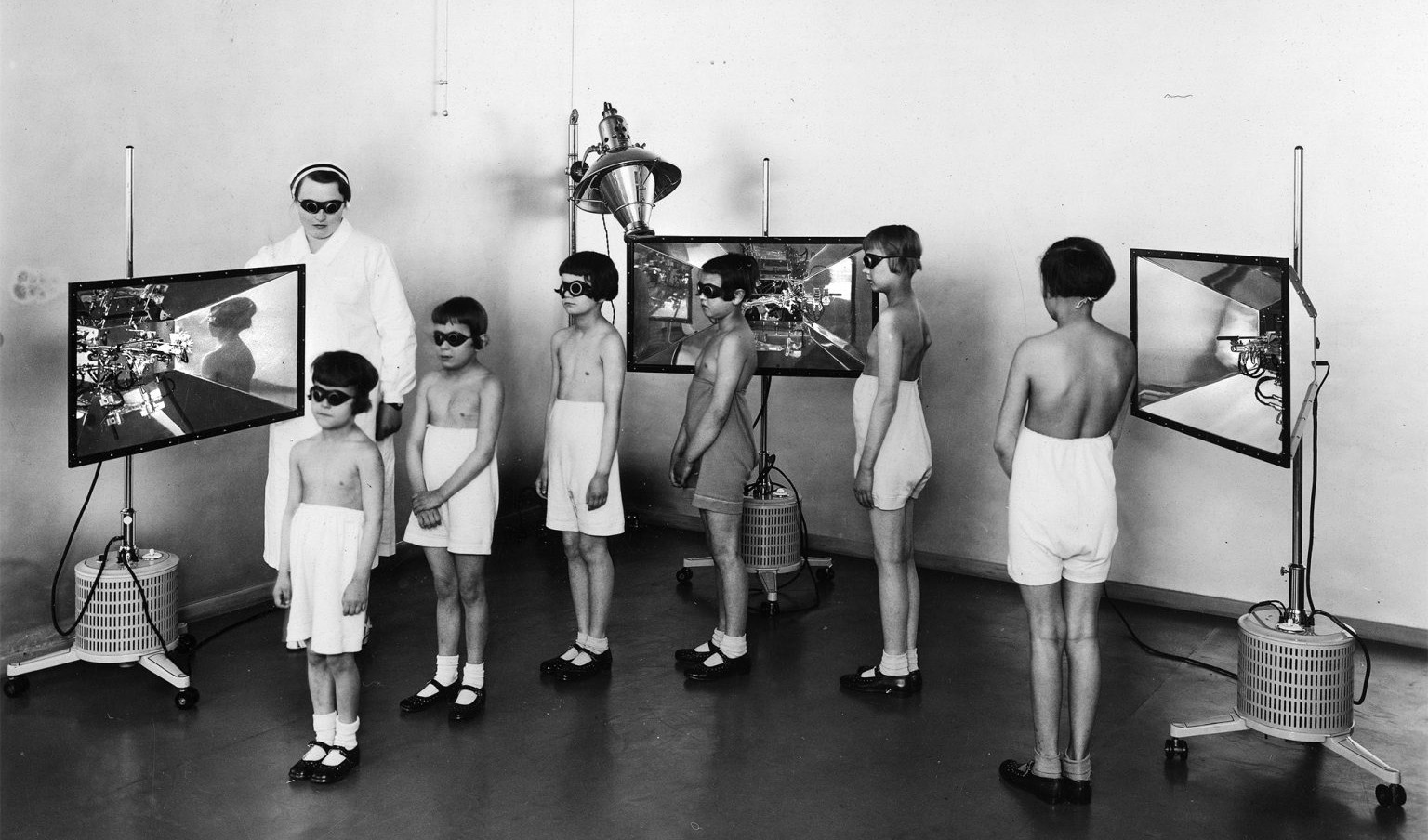In times of epidemics, with special gratitude humanity remembers those who, risking their lives, fight against terrible diseases – doctors. In their shadow, however, often remain those who helped doctors, arming them in this fight with the necessary tools and inventions – scientists. Lviv Polytechnic can boast a lot of such persons, including Czeslaw Reczynski (1878–1936), the inventor of the quartz lamp.
Czeslaw Stefan Yuri Reczynski was born in Kharkiv on November 11, 1878 in the family of a Polish political prisoner. In the capital of Slobozhanshchyna, Czeslaw Reczynski graduated from high school and in 1897 entered Kharkiv University to study Physics. In 1901, he was expelled from the University for participation in demonstrations, and due to a ban to study in the Russian Empire, he had to continue his studies at the University of Göttingen (Germany), where he got interested in Experimental physics. In 1905, Czeslaw Reczynski defended his dissertation based on the study of ion recombination in air.
From 1905 to 1908 he worked in the laboratory of Heraeus in Hanau (Germany) and in 1906 together with Richard Küch (1860–1915) created a prototype of a high-pressure quartz lamp. The main purpose of the scientists was to use a quartz lamp for lighting, but the invention is widely used in another field – medicine, as a source of ultraviolet light. It turned out that the invented lamp is excellent disinfectant, later it was also used to treat child’s rickets. Heraeus immediately patented the invention and began mass production of quartz lamps for medical purposes.
Czeslaw Reczynski returned to Kharkiv in 1908, where he taught Experimental physics at the University until 1913 and studied the thermal and spectral properties of the lamp he had invented. From 1913 to 1914 he was a scholarship holder at the University of Würzburg (Germany), and from 1914 to 1916 – at the Institute of Physics at the University of Zurich, where he befriended the physicist and creator of the bathyscaphe, Auguste Antoine Piccard. In 1916 the scientist returned to Kharkiv, where he defended his doctoral dissertation and from 1917 was Professor at Kharkiv Polytechnic.
In 1922 he moved with his family to Lviv and worked as a professor at the Department of Physics of the II Chemical Department of Lviv Polytechnic. He also lectured on mechanics, basics of electric lighting physics, dynamic meteorology, spectral analysis, structure of matter, theory of vacuum, electric currents in gases and vacuum. During 1923–1924 and 1925–1926 he was Dean of Chemical Department, and in the 1926/1927 academic year he was Deputy Dean. An outstanding, perceptive scientist and an excellent teacher, he gathered round him a large group of students, such as Nikliborc, Regulskyi, Matula, Kava, Inglot, Lancucki, Maslowski, Pavlov and Skorobogaty. They researched chemical reactions in an electric arc, as well as phenomena occurring in gases and cathode material that explain the mechanism of the arc. In Lviv, he invented a new mercury lamp with a cathode made of incandescent tungsten, which he presented at the International Electrical Congress in Paris in 1932.
In 1934, Czeslaw Reczynski got seriously ill. He died in Lviv on December 7 (according to other sources – September 6), 1936 and was buried in Lychakiv Cemetery.
Although more than a century has passed since the use of the quartz lamp in medicine and humanity has made a huge breakthrough in technology and medical science, the invention of Czeslaw Reczynski has not only lost relevance, but on the contrary – the range of its use has been expanded. In particular, now quartz lamps are used to treat inflammatory diseases in otorhinolaryngology, therapy (treatment of arthritis, inflammatory diseases of the respiratory system, bronchial asthma), surgery (treatment of purulent wounds and ulcers, bedsores, burns and frostbite), dentistry (treatment of stomatitis, periodontitis), to treat diseases and injuries of the musculoskeletal system, and skin diseases.

